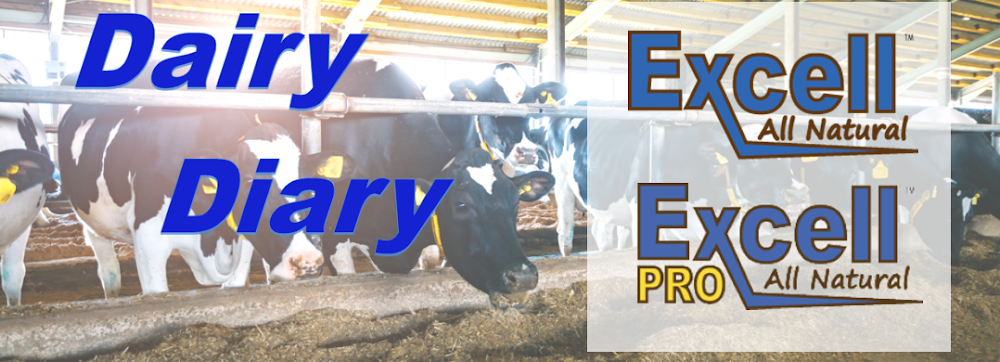Milk production in California is trending downward. Week-to-week milk production generally is decreasing this month. Some handlers indicate 2025 year-over-year milk output remains down as of week 21, but the 2025 year-over-year gap is continuing to close and is much closer to flat than it was in week 1. Some manufacturers note milk intakes for May 2025 are above anticipated volumes. Central Valley stakeholders convey milk output is in good balance with processing capacities. Class I, III, and IV demands are steady. Class II demand is stronger.
Farm level milk output in Arizona varies from steady to lighter. Handlers generally describe May 2025 year-over-year milk output as flat. Stakeholders note milk volumes are in good balance with processing capacities and no spot sales for week 21. Class I demand is lighter as educational institutions begin spring recesses. All other Class demands are steady.
For New Mexico, milk production varies from steady to lighter. Demands for all Classes are unchanged.
Farm level milk output in the Pacific Northwest varies from steady to lighter. Manufacturers convey milk intakes are meeting anticipated volumes. Class II demand is stronger. Demands for all other Classes are steady.
Milk production in the mountain states of Idaho, Utah, and Colorado varies from steady to lighter. Some Idaho/Utah handlers convey fat component levels in milk output remain on the high end. Class I demand is lighter as spring recesses start at some educational institutions in the mountain states area. Class II demand is stronger. Class III and IV demands are steady.
Cream loads continue to be widely available. Demand is stronger. Cream multiples moved higher this week across all facets of both ranges. Condensed skim milk availability and demand are steady.






